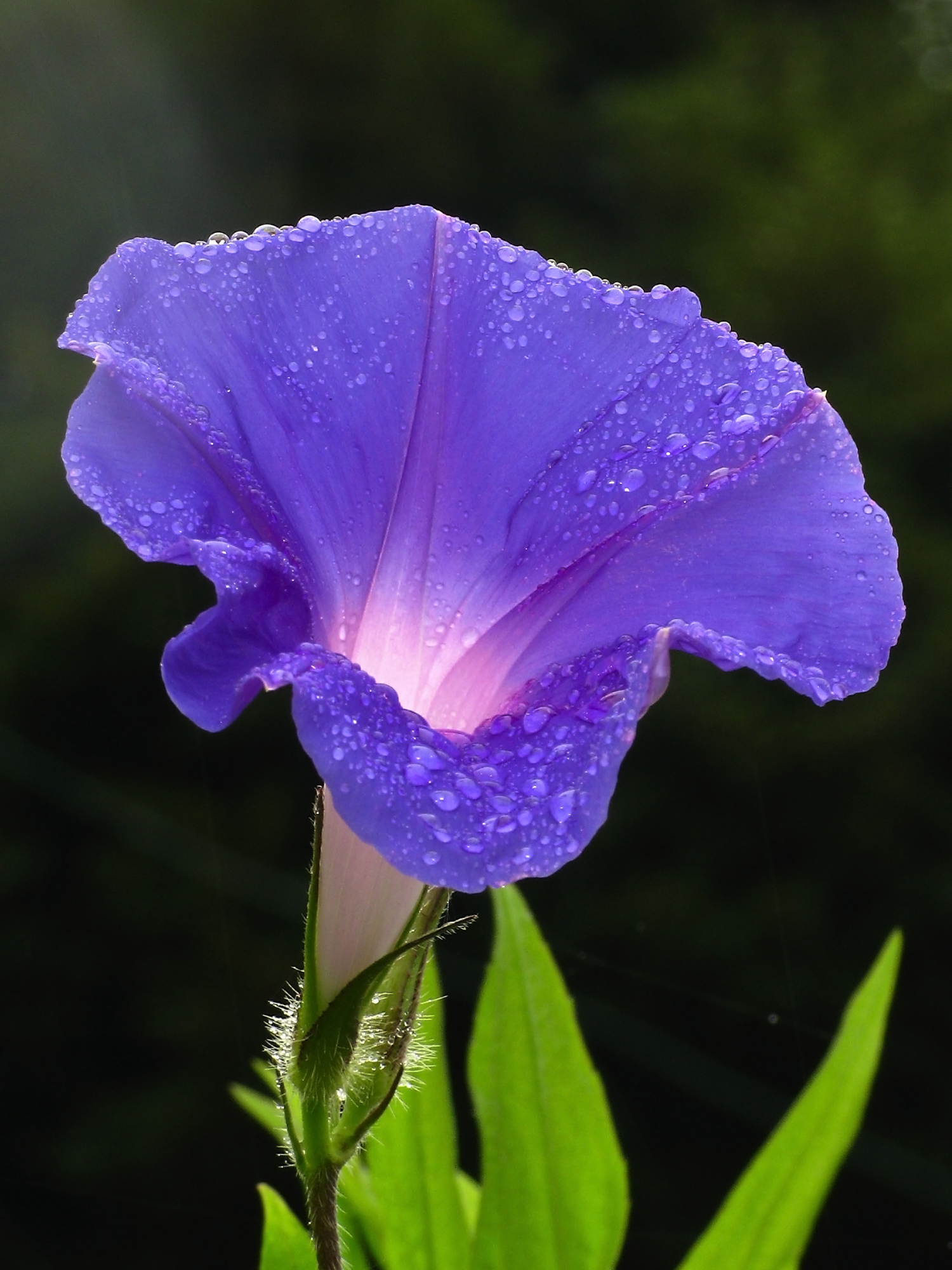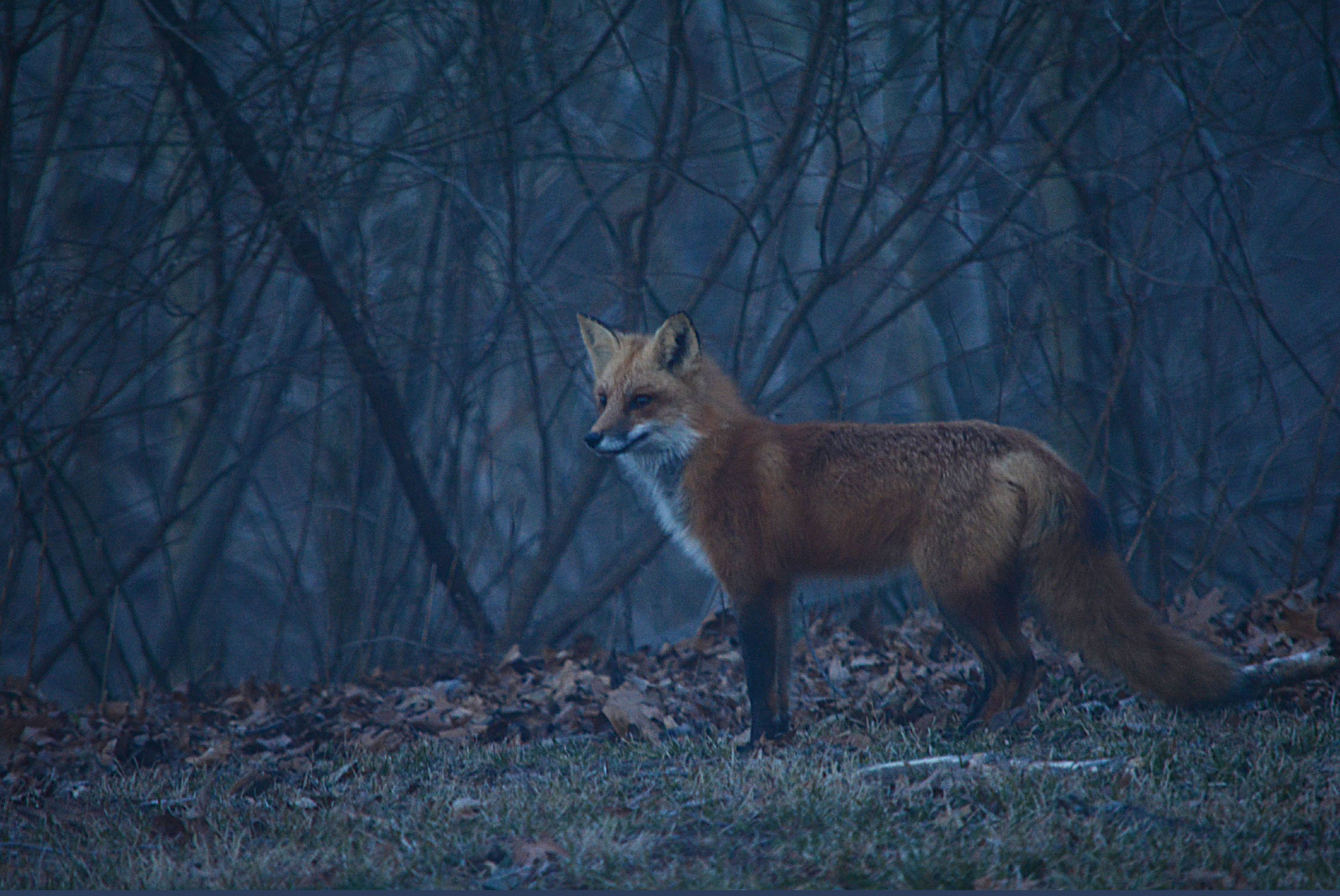|
Hawk-moth
The Sphingidae are a family of moths ( Lepidoptera) called sphinx moths, also colloquially known as hawk moths, with many of their caterpillars known as “hornworms”; it includes about 1,450 species. It is best represented in the tropics, but species are found in every region.Scoble, Malcolm J. (1995): ''The Lepidoptera: Form, Function and Diversity'' (2nd edition). Oxford University Press & Natural History Museum London. They are moderate to large in size and are distinguished among moths for their agile and sustained flying ability, similar enough to that of hummingbirds as to be reliably mistaken for them. Their narrow wings and streamlined abdomens are adaptations for rapid flight. The family was named by French zoologist Pierre André Latreille in 1802. Some hawk moths, such as the hummingbird hawk-moth or the white-lined sphinx, hover in midair while they feed on nectar from flowers, so are sometimes mistaken for hummingbirds. This hovering capability is only known to ... [...More Info...] [...Related Items...] OR: [Wikipedia] [Google] [Baidu] |
Convolvulus Hawk-moth
''Agrius convolvuli'', the convolvulus hawk-moth, is a large hawk-moth. It is common throughout Europe, Asia, Africa, Australia and New Zealand, partly as a migrant. In New Zealand, it is also known as the kumara moth, and in the Māori language as hīhue. Description and habits The wingspan is 80–105 mm. This hawkmoth's basic coloration is in grayish tones, but the abdomen has a broad gray dorsal stripe and pink and black bands edged with white on the sides. The hindwings are light gray with darker broad crosslines. Agrius convolvuli - MHNT CUT 2010 0 470 - Gironde France - Male dorsal.jpg, ♂ Agrius convolvuli - MHNT CUT 2010 0 470 - Gironde France - Male ventral.jpg, ♂ △ Agrius convolvuli - MHNT CUT 2010 0 470 - Gironde France - Female dorsal.jpg, ♀ Agrius convolvuli - MHNT CUT 2010 0 470 - Gironde France - Female ventral.jpg, ♀ △ Its favourite time is around sunset and during the twilight, when it is seen in gardens hovering over the flowers. Th ... [...More Info...] [...Related Items...] OR: [Wikipedia] [Google] [Baidu] |
Sphinx Ligustri
''Sphinx ligustri'', the privet hawk moth, is a moth found in most of the Palearctic realm. The species was first described by Carl Linnaeus in his 1758 10th edition of ''Systema Naturae''. Description It has a wingspan (generally deflexed at rest), and is found in urban areas, forests and woodlands. The male privet hawk moth can make a hissing sound, if disturbed, by rubbing together a set of scales and spines at the end of its abdomen. The larvae are usually found between July and August: and bury themselves in the earth when preparing to become a pupa. They then fly in the following June. Diet As its name describes, the caterpillars feed on privets, as well as ash trees, lilacs, jasmine Jasmine ( taxonomic name: ''Jasminum''; , ) is a genus of shrubs and vines in the olive family ( Oleaceae). It contains around 200 species native to tropical and warm temperate regions of Eurasia, Africa, and Oceania. Jasmines are widely cult ..., and a number of other plants. Ga ... [...More Info...] [...Related Items...] OR: [Wikipedia] [Google] [Baidu] |
Hummingbird Hawk-moth
The hummingbird hawk-moth (''Macroglossum stellatarum'') is a species of hawk moth found across temperate regions of Eurasia. The species is named for its similarity to hummingbirds, as they feed on the nectar of tube-shaped flowers using their long proboscis while hovering in the air; this resemblance is an example of convergent evolution. The hummingbird hawk-moth was first described by Carl Linnaeus in his 1758 10th edition of ''Systema Naturae''. As of 2018, its entire genome and mitogenome have been sequenced. Distribution The hummingbird hawk-moth is distributed throughout the northern Old World from Portugal to Japan, but it breeds mainly in warmer climates (southern Europe, North Africa, and points east). Three generations are produced in a year in Spain. It is a strong flier, dispersing widely in the summer. However it rarely survives the winter in northern latitudes (e.g. north of the Alps in Europe, north of the Caucasus in Russia). Moths in the genus ''Hemaris ... [...More Info...] [...Related Items...] OR: [Wikipedia] [Google] [Baidu] |
Pheromone
A pheromone () is a secreted or excreted chemical factor that triggers a social response in members of the same species. Pheromones are chemicals capable of acting like hormones outside the body of the secreting individual, to affect the behavior of the receiving individuals. There are '' alarm pheromones'', ''food trail pheromones'', '' sex pheromones'', and many others that affect behavior or physiology. Pheromones are used by many organisms, from basic unicellular prokaryotes to complex multicellular eukaryotes. Their use among insects has been particularly well documented. In addition, some vertebrates, plants and ciliates communicate by using pheromones. The ecological functions and evolution of pheromones are a major topic of research in the field of chemical ecology. Background The portmanteau word "pheromone" was coined by Peter Karlson and Martin Lüscher in 1959, based on the Greek φερω ''pheroo'' ('I carry') and ὁρμων ''hormon'' ('stimulating'). Pheromone ... [...More Info...] [...Related Items...] OR: [Wikipedia] [Google] [Baidu] |
Elliot Pinhey
Elliot Charles Gordon Pinhey (18 July 1910 in Knokke, Bruges – 7 May 1999 in Cowfold near Horsham, West Sussex) was an entomologist who worked in Africa and specialised in African Lepidoptera and Odonata. Born of British parents on holiday in Belgium, Pinhey made major contributions in entomology to the knowledge of butterflies, moths and dragonflies. Elliot Pinhey's interest in natural history first developed during his early education in England. He obtained a BSc at the University of London in mathematics, physics, chemistry and biology in 1934, after which he joined the teaching profession as a Science Master. His chronically poor health led to his doctor's suggesting he emigrate to a more congenial climate. Accordingly, he arrived in Southern Rhodesia in 1939 and took up a teaching post as Science Master. A stint with the Royal Air Force Meteorology department followed, and on his release he joined the Agriculture Department as economic entomologist, working on Acarina, Co ... [...More Info...] [...Related Items...] OR: [Wikipedia] [Google] [Baidu] |
Morning Glory
Morning glory (also written as morning-glory) is the common name for over 1,000 species of flowering plants in the family Convolvulaceae, whose current taxonomy and systematics are in flux. Morning glory species belong to many genus, genera, some of which are: * ''Argyreia'' * ''Astripomoea'' * ''Calystegia'' * ''Convolvulus'' * ''Ipomoea'' (the largest genus) * ''Lepistemon'' * ''Merremia'' * ''Operculina'' * ''Rivea'' * ''Stictocardia'' As the name suggests, most ''morning'' glory flowers unfurl into full bloom in the early morning. The flowers usually start to fade a few hours before the corolla begins to display visible curling. They prefer full solar exposure throughout the day, and Mesic habitat, mesic soils. Some morning glories, such as ''Ipomoea muricata'', ''Ipomoea alba'', and ''Ipomoea macrorhiza'', are night-blooming flowers. History ''Ipomoea nil'', a species of morning glory, was first known in China for its medicinal uses, due to the laxative properties of i ... [...More Info...] [...Related Items...] OR: [Wikipedia] [Google] [Baidu] |
Convolvulus
''Convolvulus'' is a genus of about 200 to 250''Convolvulus''. Flora of China.''Convolvulus'' The Jepson eFlora. 2013. species of s in the bindweed family ,Parnell, J. and Curtis, T. 2012. ''Webb's An Irish Flora''. Cork University Press. with a [...More Info...] [...Related Items...] OR: [Wikipedia] [Google] [Baidu] |
Sexual Dimorphism
Sexual dimorphism is the condition where the sexes of the same animal and/or plant species exhibit different morphological characteristics, particularly characteristics not directly involved in reproduction. The condition occurs in most animals and some plants. Differences may include secondary sex characteristics, size, weight, colour, markings, or behavioural or cognitive traits. These differences may be subtle or exaggerated and may be subjected to sexual selection and natural selection. The opposite of dimorphism is ''monomorphism'', which is when both biological sexes are phenotypically indistinguishable from each other. Overview Ornamentation and coloration Common and easily identified types of dimorphism consist of ornamentation and coloration, though not always apparent. A difference in coloration of sexes within a given species is called sexual dichromatism, which is commonly seen in many species of birds and reptiles. Sexual selection leads to the exaggerat ... [...More Info...] [...Related Items...] OR: [Wikipedia] [Google] [Baidu] |
Zoological Journal Of The Linnean Society
The ''Zoological Journal of the Linnean Society'' is a monthly peer-reviewed scientific journal covering zoology published by Oxford University Press on behalf of the Linnean Society. The editor-in-chief is Maarten Christenhusz (Linnean Society). It was established in 1856 as the ''Journal of the Proceedings of the Linnean Society of London. Zoology'' and renamed ''Journal of the Linnean Society of London, Zoology'' in 1866. It obtained its current title in 1969. Abstracting and indexing The journal is abstracted and indexed in: According to the ''Journal Citation Reports'', the journal has a 2020 impact factor of 3.286. References External links * Zoology journals Linnean Society of London Monthly journals Academic journals associated with learned and professional societies Publications established in 1856 {{zoo-journal-stub ... [...More Info...] [...Related Items...] OR: [Wikipedia] [Google] [Baidu] |
Crepuscular
In zoology, a crepuscular animal is one that is active primarily during the twilight period, being matutinal, vespertine, or both. This is distinguished from diurnal and nocturnal behavior, where an animal is active during the hours of daylight and of darkness, respectively. Some crepuscular animals may also be active by moonlight or during an overcast day. Matutinal animals are active only before sunrise, and vespertine only after sunset. A number of factors impact the time of day an animal is active. Predators hunt when their prey is available, and prey try to avoid the times when their principal predators are at large. The temperature at midday may be too high or at night too low. Some creatures may adjust their activities depending on local competition. Etymology and usage The word ''crepuscular'' derives from the Latin '' crepusculum'' ("twilight"). Its sense accordingly differs from diurnal and nocturnal behavior, which respectively peak during hours of daylight a ... [...More Info...] [...Related Items...] OR: [Wikipedia] [Google] [Baidu] |
Retinaculum (moth)
Some four-winged insect orders, such as the Lepidoptera, have developed a wide variety of morphological wing coupling mechanisms in the imago which render these taxa as "functionally dipterous" (effectively two-winged) for efficient insect flight. All but the most basal forms exhibit this wing coupling. The mechanisms are of three different types - jugal, frenulo-retinacular and amplexiform. Subsec. "Wing coupling". Pp 56-60. Jugal wing coupling The more primitive groups of moth have an enlarged lobe-like area near the basal posterior margin, i.e. at the base of the forewing, called ''jugum'', that folds under the hindwing in flight. Frenulo-retinacular wing coupling Other groups of moth have a frenulum on the hindwing that hooks under a retinaculum on the forewing. The retinaculum is a hook or tuft on the underside of the forewing of some moths. Along with the frenulum, a spine at the base of the forward or costal edge of the hindwing, it forms a coupling mechanism for the ... [...More Info...] [...Related Items...] OR: [Wikipedia] [Google] [Baidu] |




